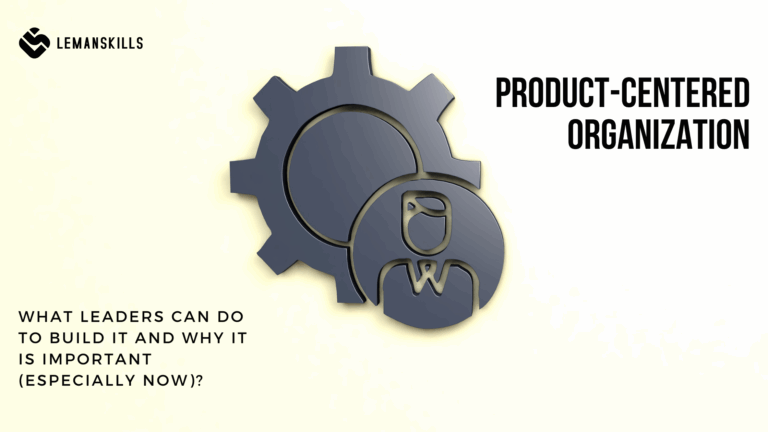Many people (myself included) want to do as many things as possible on their own. They want to prove the world that they’re the best experts/partners/friends/managers/business owners/parents. You name it. And that they don’t want or need any support: they can do everything on their own.
Are you this person?
If yes, I would like to invite you for a journey where we can explore together how we can be even better, do more, achieve more extraordinary results than now by using support system. To get as much as we can out of others (in a good intention of course) to nourish ourselves: who we are, how we think and what we do.
The question for today is: how extraordinary you can get using a support system? What potential there is to uncover that you can utilize that you don’t see today and might be groundbreaking? Let’s take a look.
“You are the average of 5 people you spend the most of your time with”
This statement appears a lot in the area of development, growth or in connection to decision making ability. What do you think about it? Is it true? How your list of those 5 people you have the most contact with looks like? Do you feel that it is a good-influence list or a bad-influence list?
Even when we have a strong set of values, we know what we want and we cover our plan, our environment have a huge impact on how we fell and what we do at the end of a day.
Imagine that those 5 people support you unconditionally: they say to you that you can do it, they ask questions about how they can help or what do you need to achieve what you aim for. They are always there for you – when there is a success and when you need somebody to lean on when the times are hard. What are the chances that you are going to believe in yourself and actually achieve success with that kind of support system?

Now imagine that those 5 people whine all the time. Most of the time they say that life is hard, there is nothing good out there, only suffering, disappointment and mean people. Why to even bother so we know that nothing is going to happen as a result of our efforts? They say: “c’mon, you should be happy with what you have”, “you are too old/too young for that”, “it’s too risky, maybe you should give it a second thought” or “OMG I would never do such a thing”.
What are the chances that you are going to believe in yourself and actually achieve success when you deal with that kind off attitude all the time?
Exactly. It might seem that you are the same person, you know better what you want for yourself but the truth is that it’s extremely hard to stay OK-OK and keep going when you experience the second scenario over and over again. It requires a lot of energy to resist the environment, to shut up the voices and just do your thing. Isn’t it better to spend this energy on things that are going to bring you closer to your goals and dreams? I know that for me it’s better – even if it’s hard to set the boundary or cut the person out of my life. But in a longer perspective it’s definitely worth it.
Exchange “what” with “who”
When we think about goals, targets or dreams, we mostly think about “what” we would like to achieve, change or experience. Once we know what we want and how to name it, the first thing that comes to our mind is to create a goal, milestones or others, sometimes smaller things we need to do to go there.
What can be different when we exchange “what” with “who”? And why we should even think about that kind of switch?
80% of the things we want have been most likely already achieved by someone else.
Do you want to lose 10 kg? There are plenty of people who know how to do it right, healthy and with the lasting effect.
Do you want to be an entrepreneur and make a lot of money? There are definitely people all around the planet who are successful in this area.
Do you want to be a great parent? Same story here.
And it is connected to a lot of different things, occupations, life and/or work directions, decisions, hobbies, sports etc. Why wasting energy on reinventing the wheel, when there is someone who can share wisdom, experiences or do’s and don’ts and based on that we can achieve what we want faster, less painful and with lesser sacrifice (of time, money, energy etc.)? This person can be far away from us, geographically or mentally BUT it can be also our best friend. Or a friend of a friend. The world is really small when we think about it and people LOVE to talk about themselves.
When you exchange “what” with “who”, there is an opportunity to save time and energy on things that you can do smarter and redirect energy to different areas, where perhaps no one even was before. Or to use the wisdom of other person and build on that to create your own story. If we put the “support system” concept like that, it opens completely different chapter of how the environment can help you to keep your momentum going, so you can achieve extraordinary results.
What the mass can do that the individual cannot without support?
When you have those 5 valuable people that you spend the most of your time with, you have a great base to work with. The stronger the roots, the wider you can spread your wings and fly. And strength attracts strength, good energy attracts good energy. The more you use the flow, you keep your momentum going, you have a good influence on others, the more people with similar mindset will come to be around you.
And there are things that the mass of people can do and are not possible for an individual to cover. If you want to organically build a community around you, what you create, and the value that you want to bring to others, you need more people to do it. If you want to spread the wisdom, tools, best practices or your of other experience so people have better life, you need a network that will support you to do it. If you want to gather knowledge, data to be better in what you do, you need to have other voices that will add their perspectives to the bucket. The community can be a strong advantage for your success, but also for your psychological health and safety, a mirror in which you can reflect on yourself, get feedback and be better tomorrow than you are today.
The bottom line
Nobody can do everything on their own. And even they say they can, there is always something that we can do better, smarter, faster. It’s not about leaning on other people, it’s more about investing our time in what really matters. This is the story about being in the support system that can feed your brain, mind, body and mentality so you can be the best version of yourself. That and beyond, because why not?




